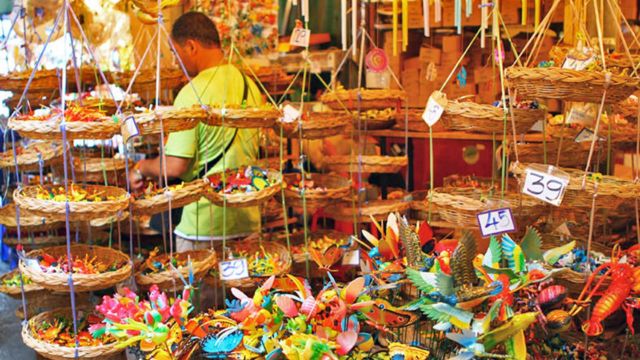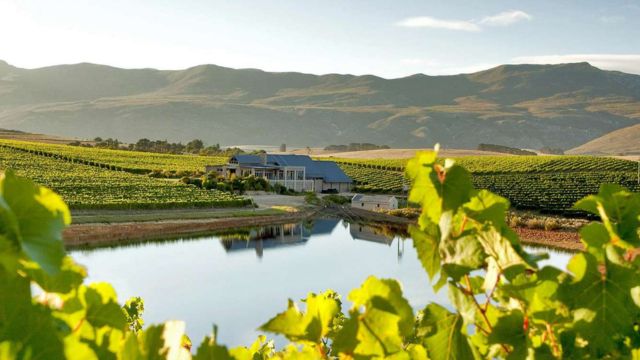
My Adventures in Traveling Around the Globe as a Vegetarian: How I Discovered New Cuisines, Cultures, and Challenges
I have to say sorry a lot for being a vegetarian when I go to other places. “There’s one at every table,” I will say. Or, “I know, I’m the weird one. I’m sorry for being hard.” After all, it’s a choice I’ve made, not a life-threatening disease, and I’m in a position to do so. I can choose not to eat meat because my home country has a lot of other healthy food choices. Many people around the world don’t have a choice; they have to eat what they can, which is often an omnivore diet, based on what grows on their land and what other resources they have.
Diet is also based on culture and customs, and when traveling around the world, it’s important to be humble and considerate. I try to be as open-minded as possible about what I eat when I travel, but I still don’t eat meat. In Dubai, I didn’t eat any meat chops, but I did try camel milk. In Iceland, I drank Brennivin with fermented shark instead of horse meat. And instead of meat on a vertical spit, hummus and falafel were on my plate in Israel.
I’ve learned that sometimes you have to make a deal, bring your own food, and do a little study in advance to find a place to eat. Here are a few trip stories from my own life in which I had to make a choice as a vegetarian.
Japan
A long time ago, I went to the Ginza area of Tokyo to eat at a restaurant that has been changing the way Japanese people eat since 2015. Tsurutokame is quite revolutionary. Because of the patriarchal nature of the food business in Japan, very few women go into leadership positions in the kitchen, but this traditional restaurant puts women in charge.
Tsurutokame was hard to find because it was in the bottom of a high-rise building and there was only a small paper lantern to light the way. When I got there, I met an interpreter who put me in touch with the restaurant owner, Harumi Mikuni. She and her husband, Osamu Mikuni, started the restaurant. The restaurant is small and only has a counter with 14 seats and a few tables in the main eating room.

We sat in a private room for over an hour and talked about how young women were trained in a sisterhood, honing their skills and making their way up to the counter. The women sign up for an apprenticeship and live together in a dorm. They learn how to use knives and cook, arrange flowers, sing, do calligraphy, take part in tea events, and talk to people. Mikuni told me that the women are all well-rounded because they go to the opera on the weekends and work in the kitchen for up to 12 hours a day. It’s a great honor for these women’s families that their girls have been given such a unique chance.
Culture and tradition also dictate diet, and when moving about the globe, it’s essential to be humble and thoughtful
I tried to watch what my face was doing as I asked Mikuni questions through an interpreter and listened to her answer in her original language. When she smiled, I smiled, and when she looked serious, I looked serious. I did this to be polite.
Peru
Peru has a wide range of climates, from high altitudes to low ones. It is said to have more than 4,000 types of potatoes, and you can find this staple in many Peruvian recipes. From Lima to Cusco, people like to eat ceviche, beef, or alpaca that has been marinated, chopped, or roasted chicken, and stews and casseroles with a lot of meat.
While I was going here with my three kids, we found another important source of food: cuy, which is the Spanish word for “guinea pig.” When we went to an alpaca farm, we saw cuy running around in hay-filled pens. We also saw roasted cuy on sticks being waved at us from the side of the road.

My kids had to learn that in many other countries, especially in elementary school classes, animals are not pets that kids can play with. In the Andean area, guinea pigs are the main source of food. In the traditional recipe, the animal is stuffed with herbs from the area, roasted over an open fire, and served with—you got it—potatoes.
Even though cuy is a common food in this part of Peru, I used apps and websites like HappyCow and Vanilla Bean to find places to eat that were good for vegetarians. And I could still drink the national drink, the pisco sour, which is made with pisco brandy, simple syrup, lime juice, egg whites, and bitters, and is bright, zesty, and delicious.
Kenya
When I told my Kenyan guide, with an apology, that I didn’t eat meat, he told me about his grandma, who was sick and had to go to the doctor. “Kenya is a country where people eat meat,” he said. “My grandmother’s doctor told her to stop eating meat, so she became her own doctor. We care about world visitors and will get you a vegetarian lunch, so don’t worry.”
I went on a one-week safari with Exodus Travels. Instead of catching the Big Five, I used my camera to take pictures of the lion, leopard, rhinoceros, elephant, and buffalo. Hotels, lodges, and camps made it easy for me to get a vegetarian meal. Most of what I ate in touristy places was Indian food with beans and root vegetables on the side. And to keep me full between meals, I stopped at a nearby grocery store to buy snacks, baked goods, nuts, and fresh veggies.
But because I was on a diet, I didn’t get to try any of the local food. Our tour group stopped at Choma Tayari, a neighborhood butcher shop, at one point. Skinned animals without heads were hung in the windows. We saw where the meat was cooked and sat down at a table in the back room, which didn’t have any windows and smelled like BBQ and spices.
Conclusion
The author shares her experience of being a vegetarian in various countries, highlighting the importance of humility and consideration when traveling. She explains that her home country has many healthy food choices, and many people around the world have to eat what they can. The author also highlights the importance of culture and tradition in dictating diet, and she uses apps and websites like HappyCow and Vanilla Bean to find vegetarian-friendly places. In Peru, she found a variety of potatoes, such as ceviche, beef, and alpaca, and found cuy, a traditional Andean food.
The author also mentions her grandmother’s experience in Kenya, where she was able to become her own doctor and receive a vegetarian lunch. During a one-week safari, she used her camera to capture wildlife and enjoyed Indian food with beans and root vegetables. However, due to her vegetarian diet, she didn’t have the opportunity to try local food, such as Choma Tayari, a neighborhood butcher shop.



